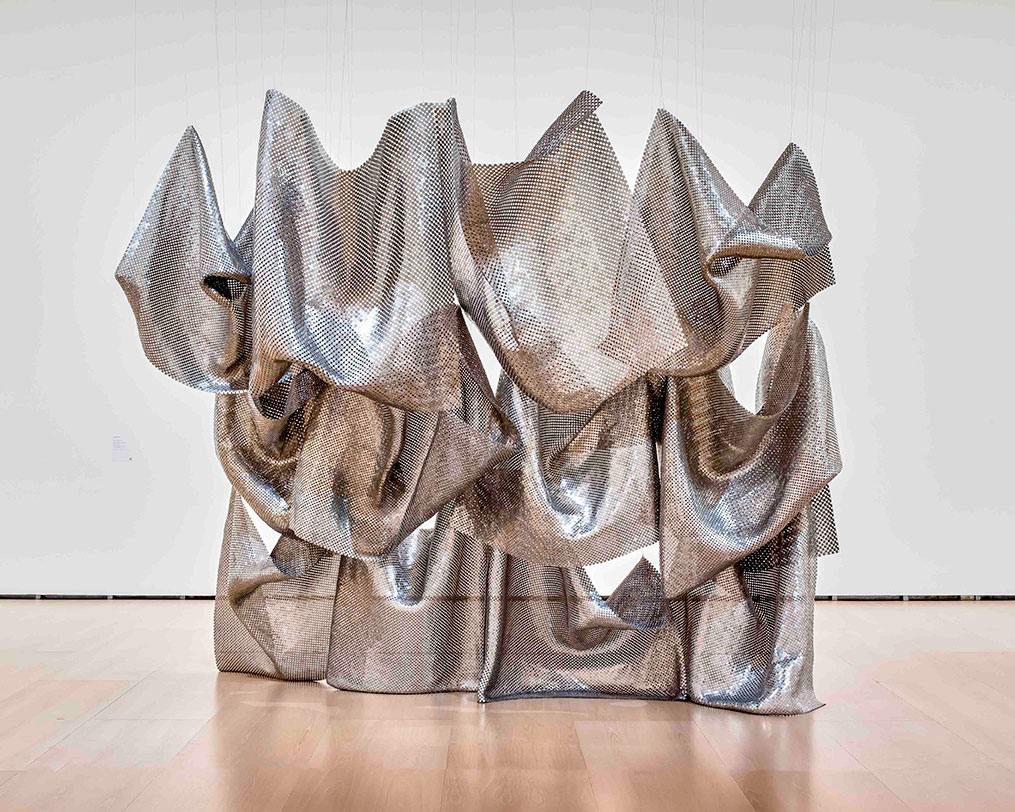Grouping together unrelated elements to seek new ways of creating. Thanks to their knowledge, experience, and intuition, artists can anticipate or predict what may happen as a result of this union, mix, or combination. As they conceived the works chosen that are related to these creative processes, the artists drew from unusual materials along with special techniques they have incorporated into their repertoire.
Peter Fischli & David Weiss

The Way Things Go [1987]
Short film that shows a domino effect with different items and elements
MATERIALS: reused everyday objects, like firecrackers, tires, wood, chairs, vessels, balloons, ropes, fire,
and flammable and foamy liquids.
EFFECTS: chemical reactions, gravity, speed, action-reaction, centrifugal force, transmission of forces and others.
ACTIONS OF THE OB JECTS IN THE VIDEO: running, waiting, falling, touching, wearing down, combusting, reacting, covering, falling, rising, hitting, circumventing, boiling, attracting, evolving, etc.
ARTISTIC CONTEXT: Process Art, focused on the importance of production, development, and evolution of the material used in space and time, and on introducing principles like gravity, indetermination, and chance, turning a work of art into something unpredictable.
Alyson Shotz

Object for Reflection [2017]
MATERIALS: synthetic fabrics and metal, plus empty space, gravity, and light as if they were physical materials.
EFFECTS: gravity, tension, motion.
ACTIONS: making empty space visible and representing gravity and light.
ARTISTIC CONTEXT: Process Art centered on sculpture, focused on the importance of production,
development, and evolution of the materials used in space and time, and on introducing principles like gravity,
uncertainty, and chance, rendering works unpredictable.
Cristina Iglesias

Untitled (Alabaster room) [1993]
MATERIALS: cement, iron, aluminum, wax, patinas, glass, alabaster; plus light and space as if they were elements of the work itself.
EFFECTS: spatial depth.
ACTIONS: occupation of the space in an unexpected way, taking advantage of the architecture to integrate it into the work.
ARTISTIC CONTEXT: The work is characterized by its geometric shapes, which merge architecture and sculpture. It produces new sensory sites by confusing exterior and interior, organic and artificial. The most important aspect is the spectator’s experience of the work of art.
